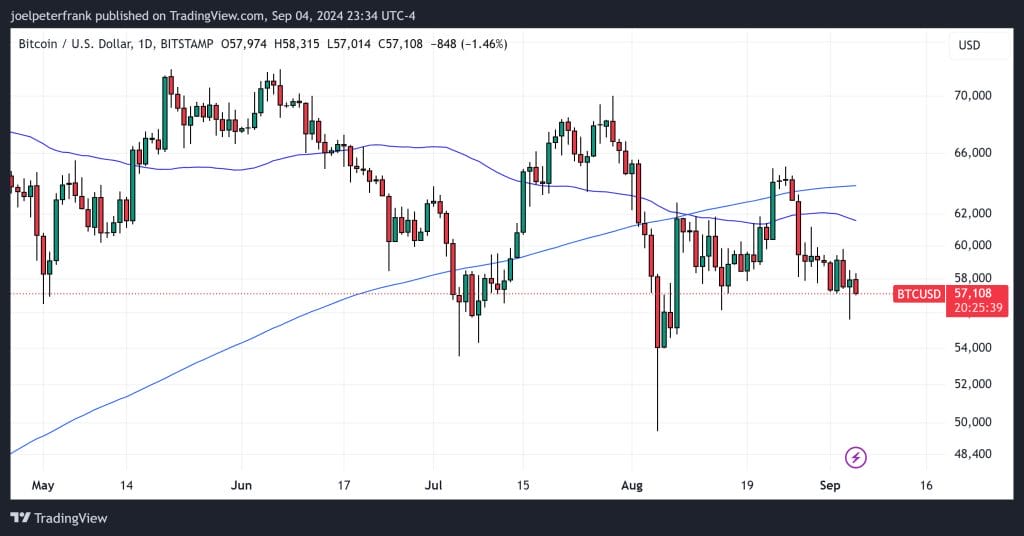Last updated:
 Why Trust Cryptonews
Why Trust Cryptonews

deBridge unveiled its new Hooks feature on Tuesday, October 8, 2024, allowing real-time data and value transfers across blockchains.
This launch is set to enhance cross-chain operations for developers and decentralized finance (DeFi) protocols by simplifying complex interactions and streamlining processes.
According to deBridge, Hooks allows developers to attach programmable on-chain actions to cross-chain transactions, automating tasks like asset distribution and user onboarding.
This new functionality reduces the need for multiple steps in cross-chain processes, improving efficiency for both developers and protocols.
How deBridge Hooks Simplifies Cross-Chain Transfers in DeFi
With deBridge Hooks, developers can execute multiple actions in real-time as cross-chain transactions are completed.
This feature enables protocols to automate asset transfers between blockchains, removing manual steps and enhancing the overall efficiency of cross-chain interactions.
Key use cases for Hooks include automating the distribution of assets purchased on one blockchain and automatically sending them to wallets on another.
Additionally, Hooks can help manage liquidity across various chains and simplify user onboarding by ensuring users have the necessary funds to interact with decentralized applications (dApps).
By leveraging deBridge Hooks, developers and protocols can streamline operations and increase the speed and efficiency of their cross-chain processes.
ZKsync Integrates Chainlink’s Cross-Chain Interoperability Protocol
As deBridge Hooks brings innovation to cross-chain data transfers, other projects are also advancing blockchain interoperability.
ZKsync recently integrated Chainlink’s Cross-Chain Interoperability Protocol (CCIP) into its Layer 2 ecosystem on Ethereum.
According to Chainlink’s press release, this integration enhances the capabilities of decentralized applications by enabling secure communication and token transfers across various blockchain networks.
Developers can now build interoperable applications that bridge DeFi and traditional financial systems, attracting a broader range of developers looking to innovate in a multi-chain environment.
This development reflects a broader industry trend toward unified ecosystems where applications can seamlessly operate across multiple blockchains, improving asset transfers and data sharing.





